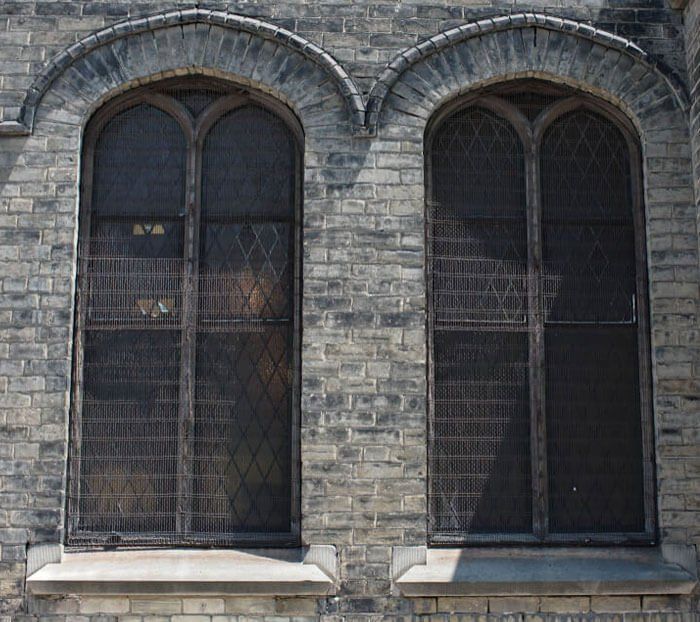Processes
Restoration
Repairs
Conservation
Cleaning
Cleaning of stained glass & leaded lights without removing the window requires suitable safety to enable access to the windows, which are often at height. This may be by the use of a tower scaffold, ‘cherry picker’ or full scaffolding, depending upon the scale of work to be done.
The glass is carefully cleaned with deionised water, swabs, tissues and a lot of elbow grease!
For non-stained glass, mildly abrasive specialist rubbers and fibreglass brushes may be necessary in order to achieve stunning results and bring back the glory of the artistry that the original artist intended.
Protection
Unfortunately, some churches suffer from vandalism to their windows. Therefore, the most important feature of any protection of church windows is its effectiveness at its job. The fitting of guards to church windows is a process that involves covering the outside window with a bespoke metal grille or guard to protect the glass, whilst also allowing the daylight to show off the window colours.
Highest quality materials are used when making the guards to allow an indefinite guarantee against corrosion and deterioration.
Isothermal Glazing
This is a fairly recent technique that's still being developed and is used for protecting stained glass windows, usually found in highly graded listed buildings. It involves considerable alterations to the existing glazing and possibly the surrounding framework.
The original stained glass, is removed from the stonework and a new frame is made around the existing window opening. A new, clear glass window is made, reflecting the shape of the original and set in the new frame. The original stained glass is mounted inside the replica, sitting slightly proud of the original opening. This provides maximum protection for the old glass, whilst preserving the original appearance and colours as far as possible and allowing daylight to display the stained glass as originally intended.



